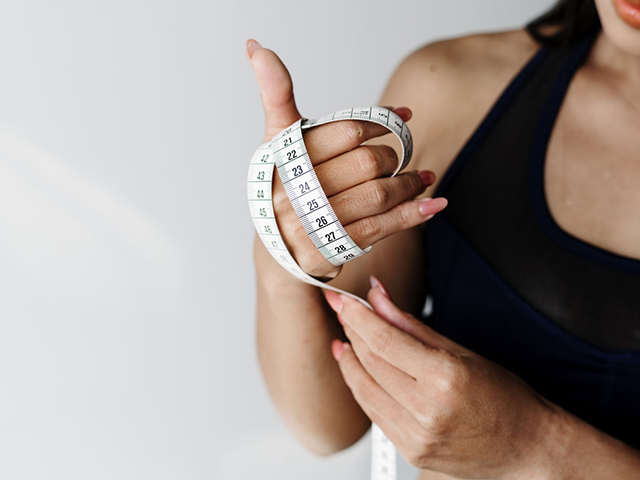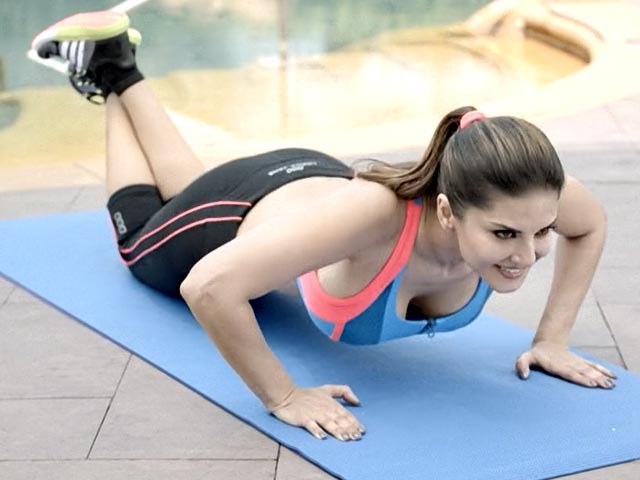
Aging is a natural and inevitable process that brings about changes in our bodies and overall health. However, it’s crucial to understand that the way we age is influenced by various factors, including lifestyle choices. One of the most impactful ways to promote healthy aging and maintain vitality is through regular exercise. Engaging in physical activity as you grow older offers a multitude of benefits that extend beyond just physical fitness. In this blog post, we’ll explore the profound relationship between exercise and aging, discussing its advantages, the best types of exercises for seniors, and tips for incorporating a fitness routine into your golden years.
The Benefits of Exercise for Seniors:
Improved Physical Health: Regular exercise helps maintain cardiovascular health, muscle strength, and joint flexibility, reducing the risk of chronic diseases like heart disease, diabetes, and osteoporosis.
Enhanced Cognitive Function: Exercise has been linked to improved cognitive function, memory, and reduced risk of cognitive decline and dementia.
Mood Enhancement: Physical activity triggers the release of endorphins, also known as “feel-good” hormones, which can help alleviate stress, anxiety, and depression.
Maintained Independence: By keeping your body strong and flexible, you’re more likely to maintain your ability to perform daily activities independently.
Bone Health: Weight-bearing exercises like walking and strength training help strengthen bones, reducing the risk of fractures and osteoporosis.
Social Engagement: Participating in group exercises or classes fosters social interaction, reducing feelings of isolation and promoting a sense of community.

Best Types of Exercises for Seniors:
Cardiovascular Exercise: Low-impact cardiovascular exercises like walking, swimming, cycling, and dancing help improve heart health, endurance, and overall circulation.
Strength Training: Engaging in resistance exercises, using weights or resistance bands, helps preserve muscle mass and bone density, supporting joint health and functional independence.
Flexibility and Balance Training: Yoga, Tai Chi, and gentle stretching routines enhance flexibility, balance, and coordination, reducing the risk of falls.
Functional Exercises: Incorporate movements that mimic daily activities, such as squats, lunges, and reaching exercises, to improve functional strength.
Tips for Exercising Safely as You Age:
Consult a Healthcare Provider: Before starting any exercise program, especially if you have existing health conditions, consult your doctor to ensure it’s safe for you.
Start Slow: Begin with gentle exercises and gradually increase the intensity to allow your body to adapt.
Listen to Your Body: Pay attention to how your body responds to different exercises and adjust your routine accordingly.
Stay Hydrated: Proper hydration is essential, especially during exercise. Drink water before, during, and after your workout.
Warm Up and Cool Down: Always warm up your muscles with gentle movements before exercise and cool down with stretching afterward.
Proper Attire: Wear comfortable, supportive shoes and clothing that allow for a full range of motion.
Incorporating Exercise into Your Routine:
Set Realistic Goals: Establish achievable fitness goals that are tailored to your current fitness level and needs.
Consistency Over Intensity: It’s better to engage in moderate exercise consistently than to push yourself too hard infrequently.
Schedule Regular Workouts: Aim for at least 150 minutes of moderate-intensity aerobic activity and two days of strength training per week.
Mix It Up: Include a variety of exercises to keep your routine interesting and target different muscle groups.
Socialize: Participate in group exercise classes or activities to make staying active more enjoyable and social.
Staying Motivated:
Find Activities You Enjoy: Choose exercises that you genuinely enjoy, whether it’s dancing, swimming, gardening, or walking in nature.
Track Your Progress: Keep a journal of your workouts and note improvements in strength, endurance, and overall well-being.
Partner Up: Invite a friend or family member to join you in your workouts for added motivation and accountability.
Celebrate Achievements: Celebrate your accomplishments, whether it’s reaching a fitness milestone or simply completing a challenging workout.
Adapting Exercise for Specific Needs:
Arthritis: Low-impact exercises like swimming and gentle yoga can help manage arthritis pain and improve joint mobility.
Heart Conditions: Engage in activities like walking, cycling, or low-impact aerobics under the guidance of your healthcare provider.
Osteoporosis: Focus on weight-bearing and strength training exercises to support bone health, but avoid high-impact activities.
Balance Issues: Incorporate balance exercises like Tai Chi to improve stability and reduce the risk of falls.
Conclusion:
Exercise is a valuable tool for maintaining health, vitality, and a high quality of life as you age. By incorporating a variety of exercises for weight loss that cater to your needs, you can enjoy physical, mental, and emotional well-being well into your senior years. Whether it’s dancing to your favorite music, practicing gentle yoga, or taking a leisurely walk in the park, the key is to stay active, listen to your body, and prioritize your health. Embrace the journey of aging with strength, resilience, and the joy that comes from staying active and engaged through regular exercise. Remember, it’s never too late to start reaping the incredible benefits that exercise has to offer.
